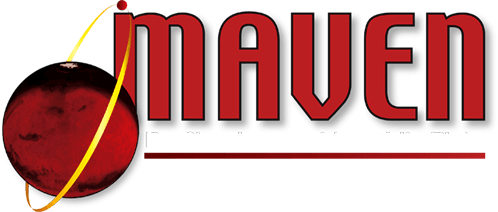David F. Mitchell, MAVEN Project Manager at NASA’s Goddard Space Flight Center

October was a very busy time for the team. We performed a total of three engine burns this month in order to get MAVEN down to its planned science orbit with an orbital period of 4.6 hours and a periapsis (closest distance from the Mars surface) of 175 kilometers. The periapsis altitude is a bit higher than the original plan of 150 kilometers only because we’ve dialed in the MAVEN orbit to support the science team’s atmospheric density requirement versus a specific altitude. We learn things about the Mars environment and adjust accordingly. All instruments have been successfully deployed and we safely “dodged” a comet. The scientists are poring over the data received from the Comet Siding Spring close encounter and we look forward to hearing about the exciting science results in the near future.
Checkout and calibration of the MAVEN system will continue over the next couple weeks. We have a few more items to check off our “punch list” before starting science data collection in mid-November. Included in this list is a communications test with NASA’s Curiosity Rover, which is operating on the surface of Mars.
[addthis]

